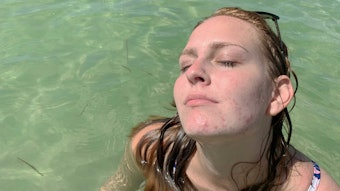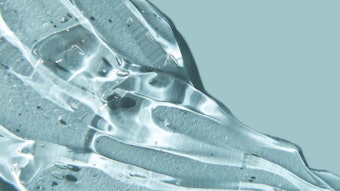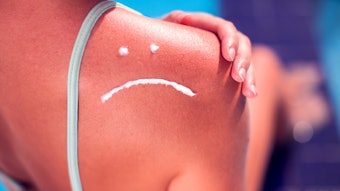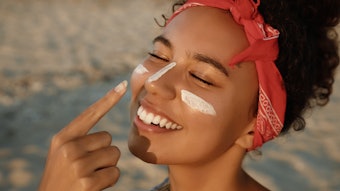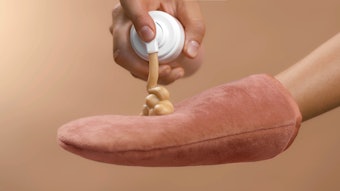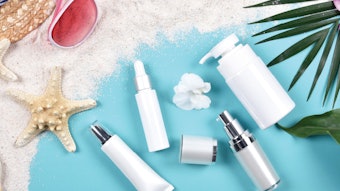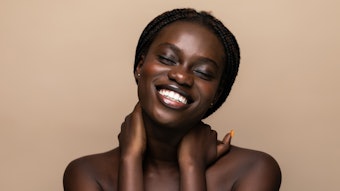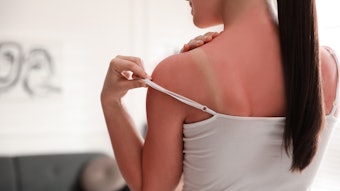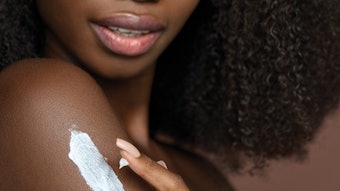That basic rule "know thyself" can help prevent a pleasant seaside vacation from turning into a skin cancer risk, Australian dermatologists report.
A detailed study of 88 Hawaii vacationers identified three groups of people with distinct characteristics and sun protection behaviors, according to a report in the December issue of Archives of Dermatology by researchers at the University of Queensland:
- Those people in class 1, "unconcerned and at low risk," were at least risk of skin cancer, intended to tan, and used the least amount of sun protection.
- Those in class 2, "tan-seekers," had the second highest risk of skin cancer, had the highest proportion of women, became sunburned easily, intended to tan, had used tanning beds in past 30 days, and had the highest proportion of sunscreen coverage and the least clothing coverage.
- Those in class 3, "concerned and protected," had the highest skin cancer risk, the highest proportion of clothing coverage and shade use, and were more likely to be Hawaii residents.
"Specific strategies should target the subsets of the beach-going population—particularly those in group 2, the tan-seekers—that intend to tan and sunburn repeatedly, taking into account their relevant personal attributes and behavior patterns," the researchers wrote.
A targeted message is needed for that group, said Dr. Susan Weinkle, assistant clinical professor of dermatology at the University of South Florida and a member of the Skin Cancer Foundation. "These vacationers are at high risk of skin cancer, and we are not getting the message across," Weinkle said. "People like me who live right on the beach use more sun-protective clothing and don't go to the beach with the primary goal of getting a tan. People who are on vacation often end up with sunburn."
Vacationers should know that "you can get out on the beach, you just have to do protective things—sit in the shade when you have lunch, wear sun-protective clothing and a hat when you are taking a walk on the beach," she said.
The Australian classification system is useful because, "if you want to intervene in a setting where you see people tanning, it is important to know their different reasons for being exposed to the sun," said Sherry L. Pagoto, assistant professor of medicine at the University of Massachusetts Medical School, and co-author of an accompanying editorial in the journal.
Pagoto and her colleagues did a similar study of beach-goers several years age, she said, which found that "the largest class of people are very motivated to be tanned. They are well aware of the risk of skin cancer—both their actual risk and perception of risk is somewhat elevated. But they don't use sunscreen to an adequate level," Pagoto said.
"A great challenge" in skin cancer prevention is that "people really want to be tanned," she said. "It is a conundrum, how to get people not to want to be tanned." Given that feeling, "the only way to get them out of the sun is to use alternatives and understand what it is about being tanned that makes them feel good," Pagoto said.
Skin cancer prevention measures should include not only education, but also "a change of the environment around beaches," said Vilma Cokkinides, strategic director of risk factor surveillance for the American Cancer Society. "We need more shade and to make point-of-source information available, if people forget their sunscreen, for example," Cokkinides said. "Also, we need signage around beaches telling people to be aware of the hours of greatest risk. I haven't been to any beach that I recall and seen anything of that sort available."
There is no registry of skin cancer cases, but more than a million are estimated to occur in the United States each year, she said.
More information
The various kinds of skin cancer and measures to reduce the risk are described by the Skin Cancer Foundation.
HealthDay News, November 17, 2008
